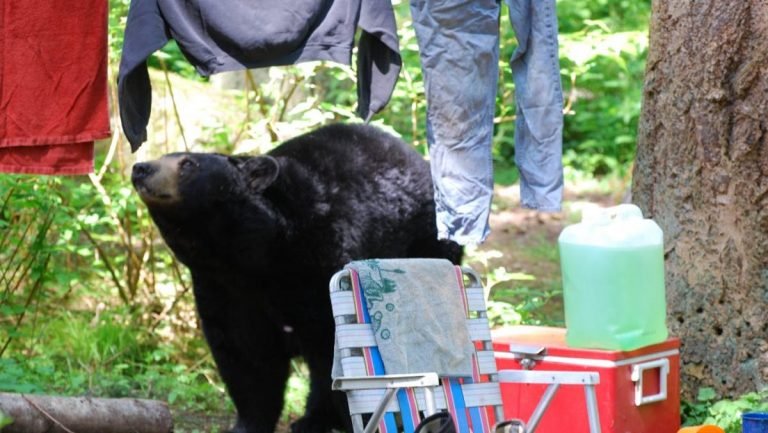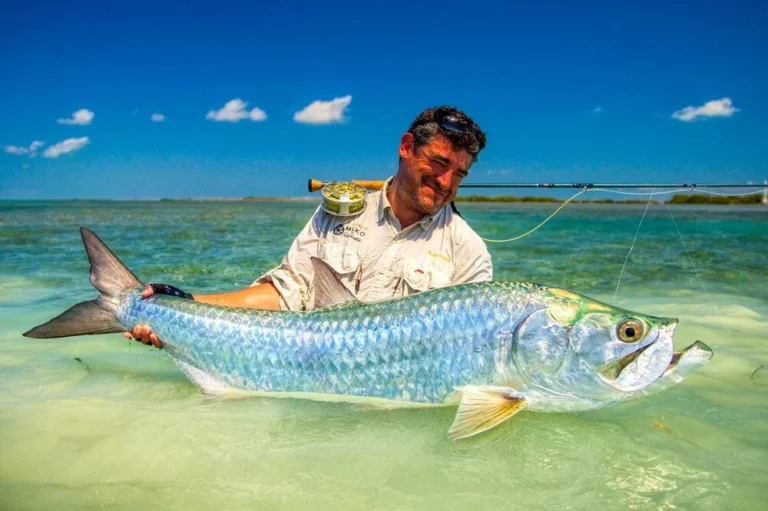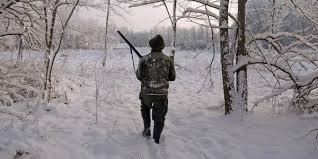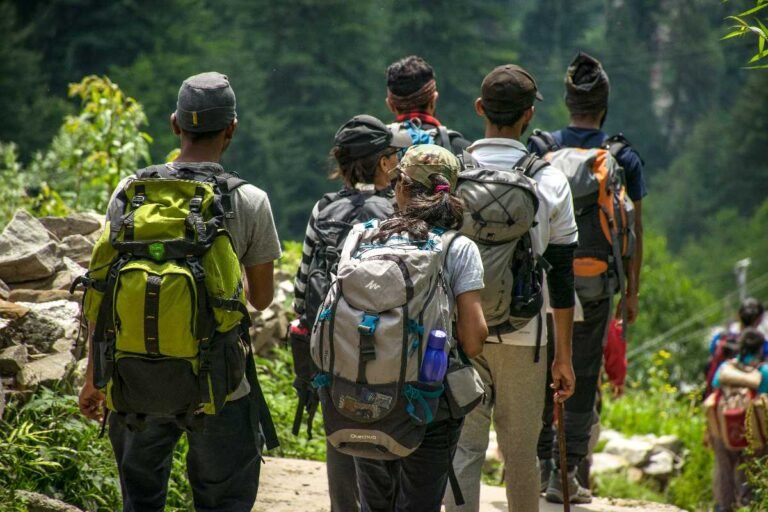4 Safe Bugs and How to Eat Them For Survival
In a survival situation, the food that we want to eat isn’t always readily available.
When there’s no food in the pantry and no access to the grocery store, you may have to resort to eating things, like bugs, that you never thought that you would.

There are places all over the world where it is common to eat insects. And, believe it or not, insects are the one of the abundant sources of protein on the entire planet.
Plus, many of them contain dense concentrations of important nutrients like Omega-3s.
Although eating insects may seem disgusting, they can be lifesavers in an emergency survival situation.
Ready to put your reservations aside?
Check our list of 4 safe bugs and how to eat them.
Important Considerations
Although a large majority of insects are safe to eat, there are quite a few that we should stay away from:
** Brightly colored insects tend to be poisonous, this coloring acts as a warning to predators and lets them know that these bugs are toxic.
* Hairy bugs are also in the category of insects that you should avoid. Their hair may hide stingers that are more trouble than they are worth.
* Bugs who stink, except stink bugs , should be avoided.
If you are still unsure about whether an insect is edible, cook it and cut off a tiny piece to taste.
Wait a couple of hours and if you haven’t developed any symptoms, eat a bigger piece and wait again.
If you still feel fine, this insect is probably safe to eat.
It’s also important to note that, whenever possible, you should cook insects before you eat them. They may harbor harmful bacteria or parasites that will be destroyed by cooking.
Plus, doing so will make the vitamins and minerals more digestible and improve the flavor as well.
Grubs
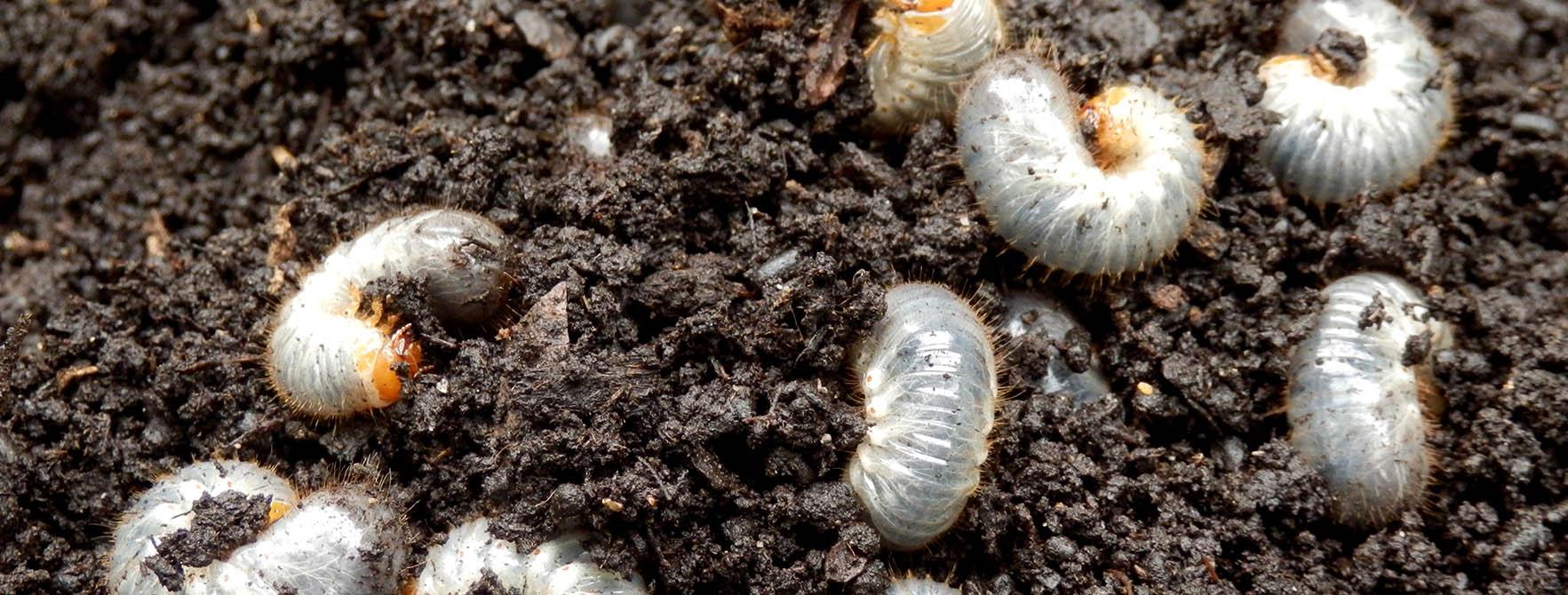
This insect is the first on the list because it’s probably the one that disgusts you the most. However, they are easy to find and collect. Plus, it’s been said that roasted grubs have a nutty flavor that isn’t bad at all.
Catching them
To catch grubs, simply find a rotting log and use a rock or a stick to break it apart. Once it is in pieces, sift through the carnage to find your tasty treats. Another option is to strip the bark off of living trees or you can also try looking under leaf litter or rocks.
Eating Them
Although you can eat grubs raw, it’s better to cook them first. Use a long stick to skewer them lengthwise and roast them over an open flame until the skin is crispy.
Can You Eat Ants For Survival

Ants
Can you eat ants for survival? Believe it or not, ants actually taste pretty good. Plus, they’re everywhere and quite easy to catch.
Catching them
Usually finding an ant is quite easy. All you have to do is look at the ground and you’re sure to find one. They don’t travel alone, so if you find one more are sure to follow.
If you happen to run across an anthill, hit it with a stick and put the end of the stick in the opening. When the ants come out to bite it, put the stick in a container of water and keep repeating the process until you have a couple of hundred.
Eating them
Boil your captured ants in some water for about 5 minutes. Doing so will neutralize the acid that in their bodies. If you are unable to do so and are forced to eat them raw, make sure they’re dead first to avoid getting bitten.
Can you eat grasshoppers or crickets?
Crickets and grasshoppers

These particular crunchy-crawlies are full of protein and you can find them just about anywhere.
Catching them
Is easiest to catch grasshoppers early in the morning because they tend to move slower during this time.
Crickets, on the other hand, should be caught at night. There are two ways you can go about doing this; by hand or with a plastic water that has the top cut off.
To use the bottle, cut off the top and bury it in the ground, with some overripe fruit inside it. If you don’t happen to have any fruit on hand, a glowstick works just as well. Once this is complete, go to bed and rest easy knowing that in the morning your breakfast is guaranteed. You might also want to drop a couple of pieces of leaves or cardboard in the bottle. The crickets will use them to hide under versus trying to escape.
If you decide to go the manual route and catch them by hand, you will have to be quick. So, the best way to go about this is grabbing both the cricket and any leaves and/or dirt that are around it.
The best places to find these creatures are in dark, damp places like logs, rocks, and other big objects. You may also want to check in trees, shrubs, and tall grasses.
Eating them
To prepare grasshoppers and crickets, simply pull off their heads and their intestines and other organs will follow. Although these entrails are edible, their removal will help reduce the risk of bacteria and or parasite transmission. Remove the legs and wings and then dry roast them in a pan. If you don’t have a pan on hand, you can also skewer them with a large stick.
Is it safe to eat termites?

Termites
These bugs are an excellent source of protein and because they live most of their lives in wood, they tend to carry fewer parasites.
Catching them
Termites are relatively easy to find, simply open up an old, holey log and shake.
Eating them
Termites are even easier to cook– simply roast them in a dry pan and enjoy your tasty protein packed snack.
The Bottom Line
Insects are everywhere you look. Plus, they’re full of nutrients, and they don’t taste as bad as you think. And, when you look at the alternative, they’re not a bad idea at all.


